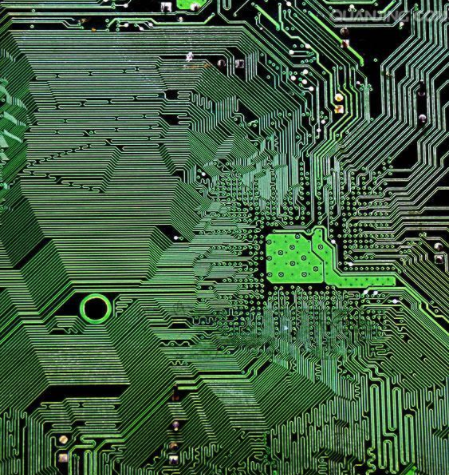The following is an introduction to 3D printing and additive manufacturing in PCBA
Contrary to popular belief, 3D printing and additive manufacturing are not the same, but for convenience, they can be used interchangeably. According to ASTM F2792-12A "Standard Terminology for Additive Manufacturing Technology", 3D printing is "making objects by depositing materials using print heads, nozzles, or other PCB printer technology."
The process starts with the 3D model drawing done on any standard CAD software. Then, the 3D model file is converted into a stereo lithography file format through a native program or a third-party file converter. Some printers use this file conversion function as part of their printer software suite. The file is then converted into a language understood by gcode or printers, essentially creating the file as a cross-sectional slice of the part. This step is usually called "slicing".
After the drawing is sliced, the printer can start printing. For almost all 3D printers, the above process is the same, and the printing process itself is the main difference. In the fuse manufacturing printer, once the 3D drawing is sliced, the printer can start printing. The main components of the printer are the printing bed, extruder, hot end and materials. The material for this technique is usually a thread on a spool. This filament is fed into an extruder, which uses torque and extrusion to control the speed of filament entering the hot end. Once the filament is on the hot end, it will be heated and melted.

The molten material is squeezed out of the hot end by the extruder, which extrudes more material from the top. The hot end is usually made of aluminum, and the molten material is deposited on the build plate according to the pattern specified by the software. When the material is deposited by the hot end, the build plate moves on the X, Y, or Z axis, depending on the part requirements of the printed content. In some printers, the build plate will remain stationary and the hot end will move in the Cartesian plane to create the print. This process describes fuse manufacturing (FFF), which is one of the technologies currently used by the company.
Fuse manufacturing is currently mainly used for plastic materials. If metal printing is required, direct metal laser sintering is used to print metal parts. The process of creating a three-dimensional model for direct metal laser sintering printers is as described above; however, the printing process is quite different. Due to the high-quality components and auxiliary processes required to ensure the effective operation of the machine and the quality of the printing, metal printers usually occupy a large area. The main components of metal are manufacturing plates, overcoating machines, lasers and powders.
Before printing the metal parts, the build chamber will be filled with an inert gas, usually argon. This is to ensure that oxidation does not occur during the process. The build plate and the recoater blade where the powder is located will be leveled. This can be done manually, but most printers can be automatically calibrated to level before printing starts. After the parts are leveled, you can start printing. The laser will sinter the powder in the cross-sectional geometry of the part. Once the sintering of this layer is complete, the recoater blade on the side of the build area will move on the sintered layer and cover the top with a new layer of powder.
The powder layer recoated on the sintered layer is very important to the integrity and quality of the printed product. If the overcoating powder is too much, the laser cannot sinter the lower layer and the upper layer together. If there is too little powder, the laser may sinter the already sintered powder, resulting in different layer heights in PCB printing. The uniform distribution of the powder and the correct amount of powder are currently the key areas that affect the re-coating of the powder on its surface. Layers of powder will be re-coated and sintered by laser until the PCB part is completed.